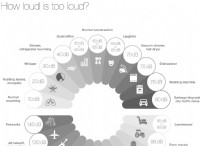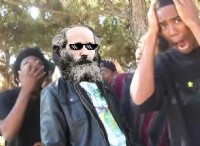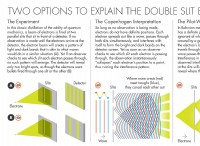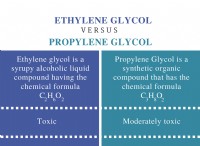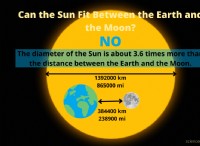1. The Speed of Light Changes:
- Light travels at different speeds in different mediums. 예를 들어, 빛은 물보다 공기가 더 빠릅니다.
- When light enters a denser medium (like water), it slows down. Conversely, it speeds up when entering a less dense medium (like air).
2. The Direction of the Ray Changes:
- 빛의 속도가 변하기 때문에 광선의 방향도 변합니다. This change in direction is called refraction .
- The amount of bending depends on:
- The angle at which the light ray hits the surface.
- The indices of refraction of the two substances. The index of refraction is a measure of how much light slows down in a particular medium.
3. 스넬의 법칙 :
- Snell's Law describes the relationship between the angles of incidence and refraction, and the indices of refraction of the two media:
-N₁ * sin (θ₁) =n₂ * sin (θ₂)
- n₁ and n₂ are the indices of refraction of the two substances.
- θ₁ is the angle of incidence (angle between the incoming light ray and the normal to the surface).
- θ₂ is the angle of refraction (angle between the refracted light ray and the normal to the surface).
굴절의 예 :
* 물 한 잔에있는 빨대가 구부러진 것처럼 보입니다 : This is because light from the straw travels through water and then through air, causing it to bend.
* 무지개 : Sunlight is refracted as it passes through raindrops, separating the light into different colors.
* 안경 및 카메라의 렌즈 : 렌즈는 굴절을 사용하여 빛과 시력 문제를 정확하게 집중시킵니다.
중요한 참고 :
- If the light ray hits the surface at a 90-degree angle (perpendicular), it will not bend.
- 광선이 밀도가 높은 매체에서 덜 조밀 한 매체로 이동하고 발생각이 임계 각보다 크면 총 내부 반사 모든 빛이 밀도가 높은 매체에 다시 반사되는 경우에 발생합니다.
